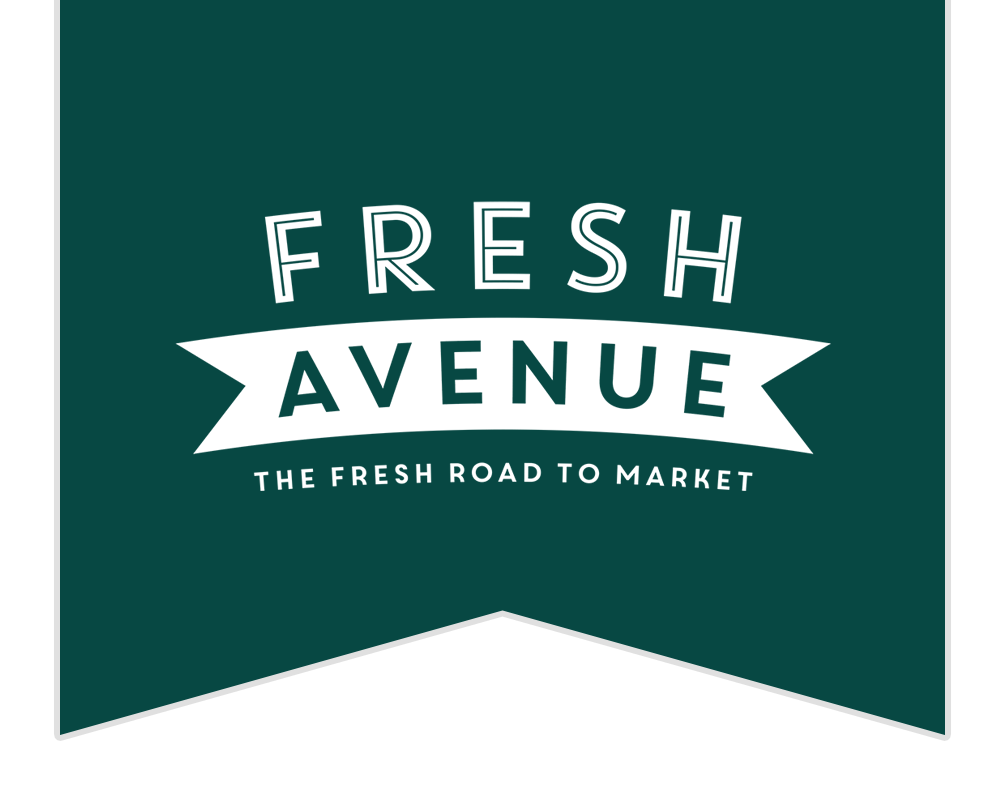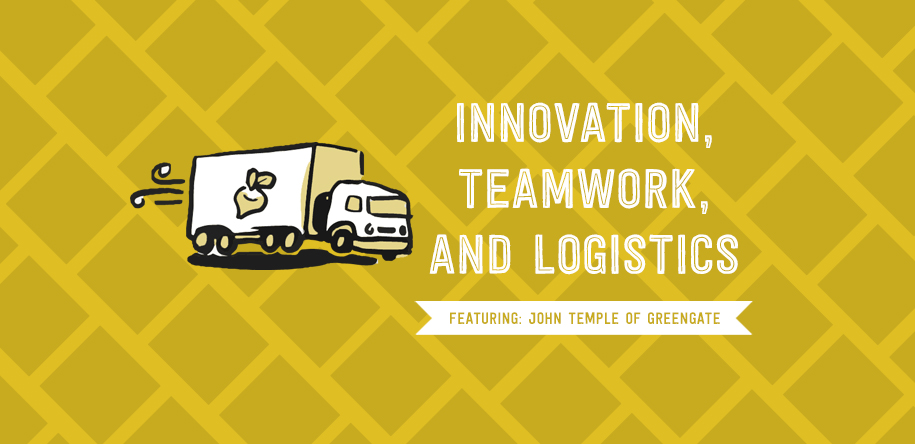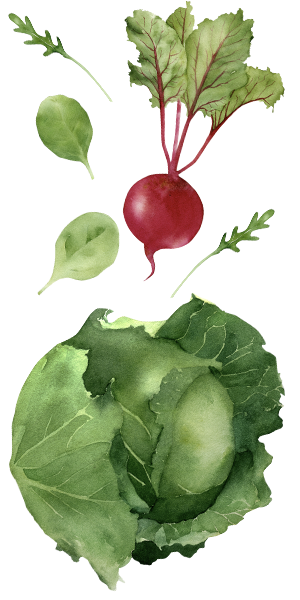Fresh Avenue sat down with John Temple, Senior Logistics Manager at GreenGate Fresh, to discuss the ELD mandate and learn more about logistics. Here are some of the ideas and insight he shared with us.
John: Recent regulation with electronic logs, puts companies, carriers, and drivers under a great deal of scrutiny to adhere to regulations that their drivers can drive their vehicles. Having shorter load times and turning the trucks more effectively and efficiently is a plus to the customers obviously. In our industry there is a great number of multiple stops and pickups, so you may come to our facility and have a different time frame. Our goal is to turn you within a 2-3 hour window so you can make another appointment. The reduced load times are a benefit to the customer so they can be more effective in managing their driver allocation time and stay within the regulations. For us, we want to monitor and control the effectiveness and efficiencies we have in turning the trucks so we can tell the customer that if you come to our facility and come to us, this is what you can expect. Obviously the shorter you can turn a truck the more beneficial it is for everybody.
Q: There’s a lot going with the new mandate, is there anything you all are working on to help with the additional time added on to shipments?
John: There’s a number of internal processes we are going through to help support that. The first thing we are looking at as a team and working on with sales is vetting through what is the right turn or load time metric and what is the right turn time that we’re going to publish for our customers. So we are looking at that but internally our process is to manage that more effectively starting with when our customer calls us, how our dispatch team is managing that flow of information, how we’re applying that to getting the order on the floor, getting ahead of the curve, so to speak, on getting the work on the floor so we can get the customer’s trailer loaded more effectively. There’s a number of small internal processes we’re looking at right now, and on a larger scale, the company is looking at our current ERP system. There is nothing immediate that we’re looking at a system change standpoint, but down the road we’re looking at a couple things that will help us.
My team is aggressively looking at turn load time numbers in terms of not just when a customer arrives on site, that’s when the clock starts from when they get their paperwork and leave, but when the driver comes, is their product available for the customer. If not we communicate to them so that they can make a choice whether or not to go to another facility to do a pickup because that will be down time for them. We’ll be looking at that more effectively than when we have in the past. That’s helping with managing the new regulations with electronic logs.
Q: GreenGate talks about their Cut to Cool Time is less than Six Hours. Maybe you can explain some of that, but also, is that standard, is that a good number for the industry?
John: It is, there is just different calculations in the industry. Our goal is to always be ahead of the number that is published. We aggressively try to stay less than 4 hours. Now the cut is at harvest until it is done with the cooling process at the facility. One of the challenges with that is depending where we are harvesting that commodity. The transit time between the cut and the facility may be as long as 4 hours. We look at that very aggressively and we’re running a current number around 3 hours. There’s a little up and down with that, but we do it at this facility in about 3 hours. Depending on where the farm is, the length of the time to harvest, and the transit time will greatly affect your ability to stay under that industry standard, of let’s say 6 hours. Again, we like to look at 4 and we’re running about 3.
Q: Is there anything that comes into play that makes GreenGate stand out with their time from harvest to production?
John: That’s a good question. From a competitive standpoint we’re all very similar. I think that a lot of it depends on the scale and amount of volume handling. We’re a foodservice company so we do have some advantages in how we handle our flow. We have some additional support from a QA standpoint with some of our technology. In many instances a crop is harvested at a designated ranch going to one of our competitors and to us almost at the same time. However, we manufacture next to harvest, where in some cases our competitors may harvest and then ship cross country for manufacturing. This is a great advantage to our customers.
Q: Now that you’ve been at GGF for a few seasons, what is your impression being at GreenGate and your vision with the logistics?
John: I came on board with GreenGate because of the culture. It may sound cliché, but it’s true. I’ve been in distribution for approximately 35 years and specifically in the produce business about 15 years. So I feel comfortable that I can talk to certain things about what we do. Here at GreenGate it’s a culture of all hands on the rope. Even though it’s the produce business, each company has some nuance or some technology or some systems driven way of doing things that are all different. It’s great that when you come on board at a new company, if you need guidance on something, there’s somebody here that’s willing to help you. I’m excited about that.
What I’m excited with the logistics group here is we’ve got great people. Obviously to be successful we have to have a vision. And giving our people better tools to do the job is first and foremost with me and in terms of where I would like to see my operation go.
Just recently in the last year, we’ve put in racking systems which have doubled our capacity in both of our facilities which has far reaching impact in outside storage costs and just the quality of our product and the condition is much improved. There are a number of things I’d like to move forward with. Right now we’re even talking about an appointment system. It sounds very small in the big scheme of things, but we don’t have that here. Aligning your product to when your carrier arrives will drive those turn times. Right now it’s first come first serve, you may come at 8 o’ clock in the morning and your product may not be packed and manufactured until 7 o’ clock at night. What can I do differently to make that experience for that customer better? We’re looking at a number of things that drive our logistics to be better than where we were and where we’d like to go.





